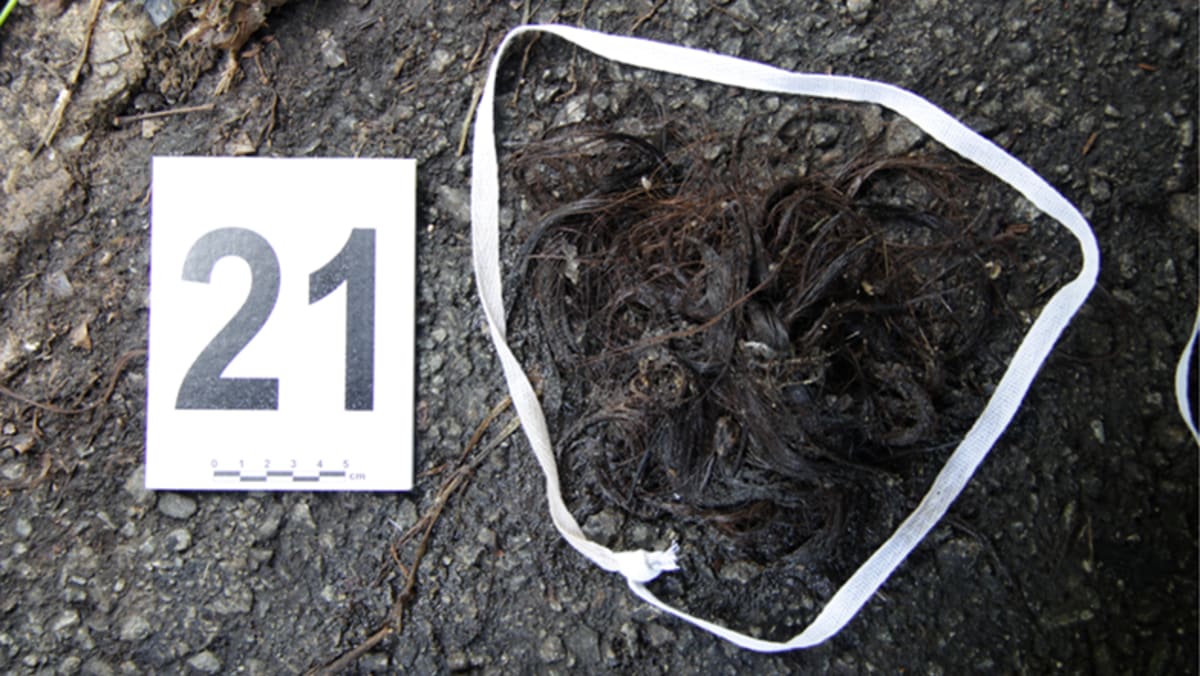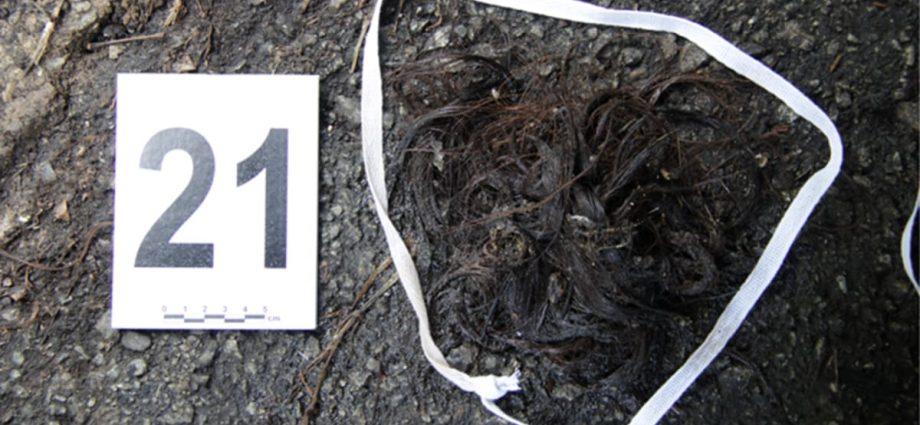
DNA sources include blood, hair, semen, saliva and skin cells, but not all of them are visible to the naked eye. Crime scene specialists use a specific light source to unveil human secretions, and a screening kit to determine whether a substance is really blood, Ms See said.
As for collection, an item small enough will be seized in whole and sent to HSA for analysis. If an item cannot be removed, like a window pane, it will be swabbed in all “probable areas of DNA deposition” before the swabs are sent to HSA, Ms See added.
SUPT Lim is confident that perpetrators, despite their best efforts otherwise, will leave traces of DNA at the crime scene.
“You want, you dress yourself up like a ninja – housebreakers have done that, socks, gloves and all – but you will still leave something behind,” he insisted.
“DNA is a silent witness … They’re just waiting and thinking, ‘Come swab here bro, this fella switched on the tap.'”
Another quality of DNA is that it is known to “reside around for the longest time”, SUPT Lim said, pointing to how police officers planted their own DNA on 5kg of explosives before blowing them up to study the resilience of DNA evidence.
“We tested where we planted the explosives, and we still got DNA,” he said. “It actually depends on contamination, including the rain and sun, but DNA stays for a long, long time.”
DNA DATABASE
DNA collected from crime scenes or blood samples of those brought in for registrable crimes are then stored in the DNA database, which SUPT Lim said is located in a “very secured” server accessible only by a limited number of people with security clearance.
“Even I don’t have access to the DNA database,” he said.
“Even if we want to do any matching, we go through an authorised person. There are also (data protection) protocols and security. We don’t want somebody to be planting it, we don’t want people to be taking it out.”
SUPT Lim suggested that a national DNA database could be even more useful for solving and deterring crime.
For example, he recalled how police were trying to use DNA to identify the perpetrators in the Little India riot, but were unable to as many of them were foreign workers whose DNA were not in the database.

